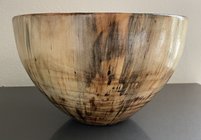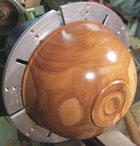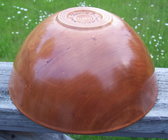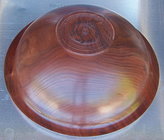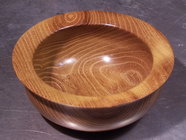I like pure tung oil. I know there are other versions and other oils that dry faster. I often use several coats, but not the 50 or so Ron Kent would use. I wait a few days between coats until it feels dry and I’ve read it’s food safe after a 30 day cure, though most of what I turn is not for food use. I know curing requires exposure to oxygen.
With that background, here’s my question. What’s the minimum time to wait after the last coat of pure tung oil before using something like multiple coats of polycrylic? Can I safely apply immediately when it seems dry, a week after the last coat, or wait the full month till it’s cured?
And is this the same for BLO and other oils?
With that background, here’s my question. What’s the minimum time to wait after the last coat of pure tung oil before using something like multiple coats of polycrylic? Can I safely apply immediately when it seems dry, a week after the last coat, or wait the full month till it’s cured?
And is this the same for BLO and other oils?

